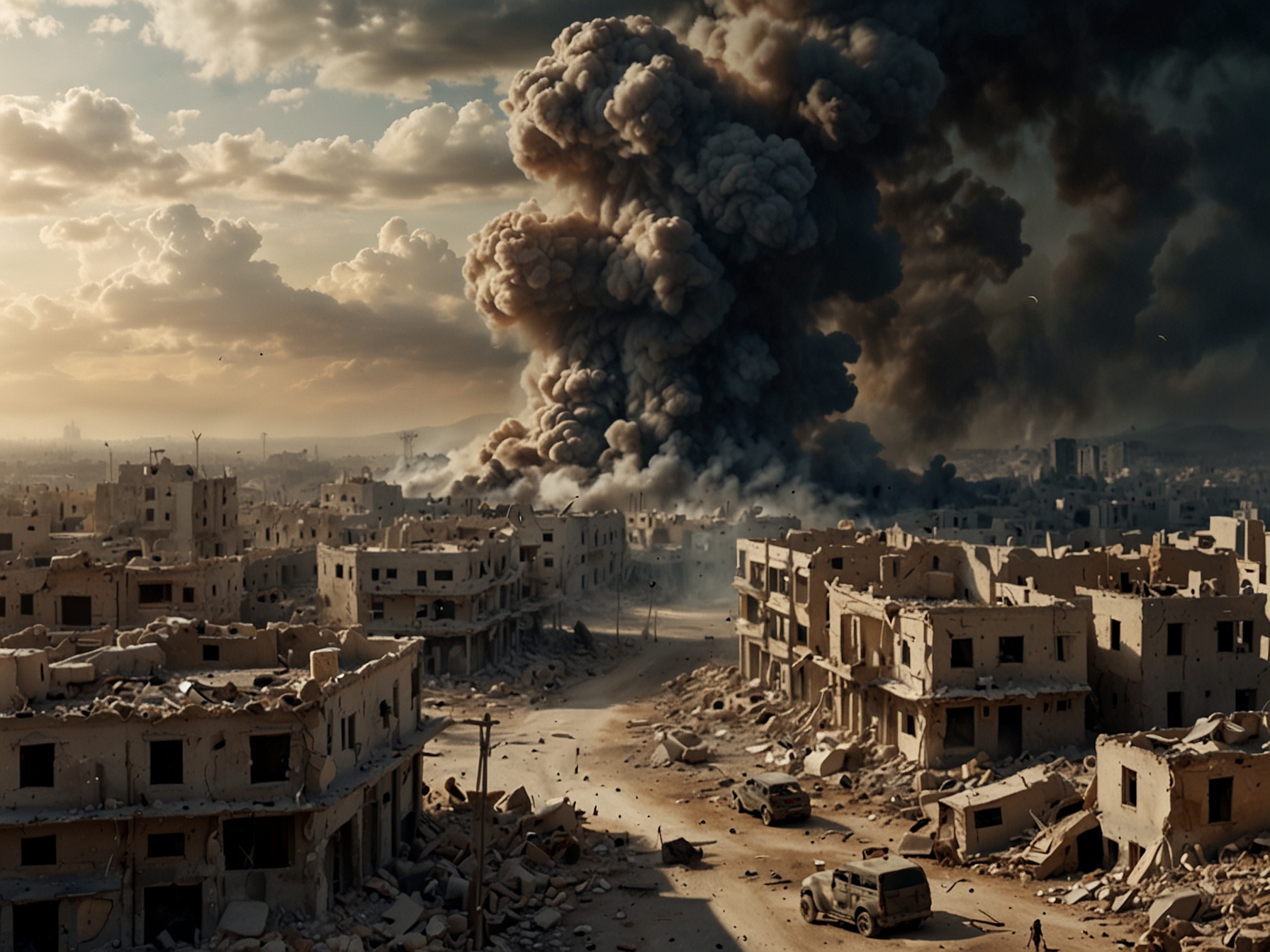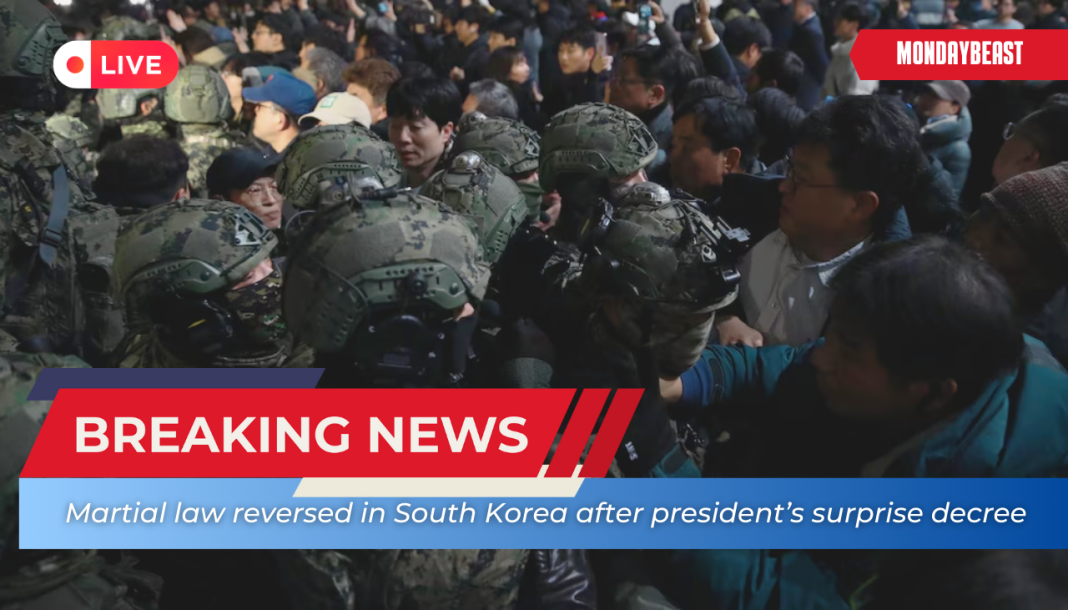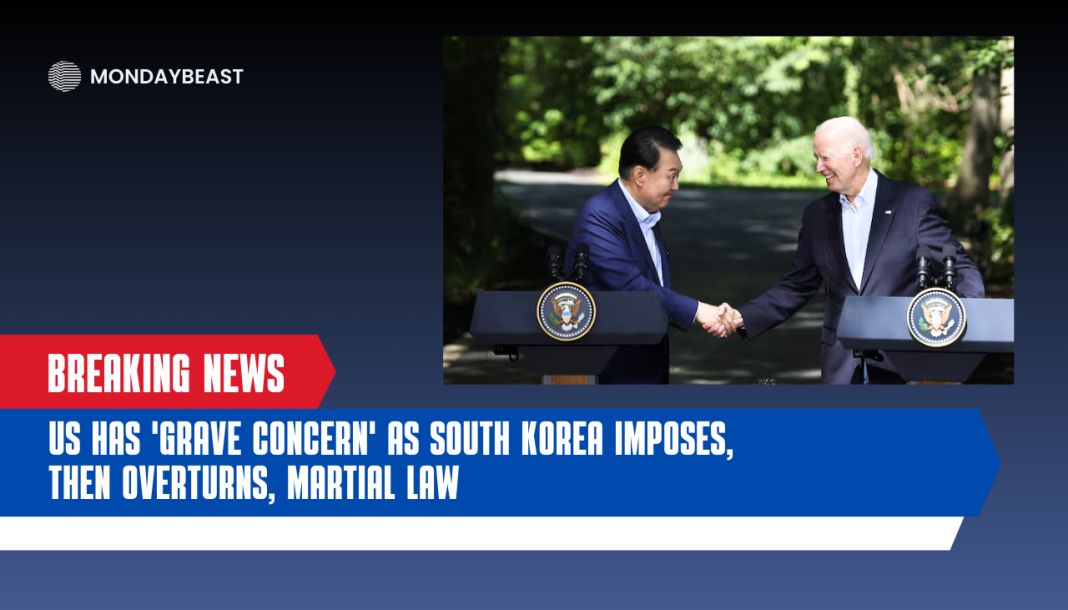The recent US military strike in Syria has stirred concerns. December 3 marked a significant event as the Pentagon announced the destruction of multiple weapons, including truck-mounted rocket launchers. What does this mean for the broader conflict in the Middle East?

For many, the conflict feels inescapable, and the cycle of violence continues. The Pentagon’s spokesman, Pat Ryder, highlighted that these weapons posed clear threats to US forces. Just the thought of US troops facing attacks from Iranian-backed militias raises alarms. With about 900 US troops currently stationed in Syria, the stakes are high.
The backdrop to this strike is grim. Since Hamas’s attack on Israel in October, tensions have escalated, prompting Iranian forces and their allies to retaliate against US troops in both Iraq and Syria. It feels increasingly convoluted when you consider that the US has openly supported Israel during this turmoil. Where does this leave the US, balancing international politics and local safety?

In Syria, the atmosphere has been explosive, quite literally. Just days before the US attack, opposition forces made advances previously unseen in years. They captured the key city of Aleppo and moved towards Hama, signaling a resurgence of conflict. Was it a mere coincidence that US forces struck in the same week? The timing feels far from accidental.
Many might wonder about the implications of the US strike. What repercussions may follow? With Iranian-backed militias already on edge, this operation might intensify retaliatory measures. There’s little indication of how Iran or Syria will respond. One can only imagine the strategy discussions that must be occurring behind closed doors in Tehran.

The situation in Syria is fluid. While Ryder claimed that this military action was not related to the broader operations in northwestern Syria, it’s hard to separate them entirely. As chaotic as it seems, each event unfolds within a web of historical grievances.
As the US remains entangled in this persistent cycle of violence, the conflict in the Middle East weighs on the minds of many. As tensions rise, will we witness more strikes? What about the plight of everyday citizens amidst these escalating conflicts? Soldiers and civilians alike deserve peace, but will that ever come to fruition?
In conclusion, this recent engagement symbolizes a pivotal moment in the ongoing strife. The world holds its breath, waiting to see how the actions of one nation impact so many lives. As we reflect on these events, one question lingers: Can we find a path to diplomacy in this troubled region? In the chaos of conflict, the need for dialogue has never been more urgent.




